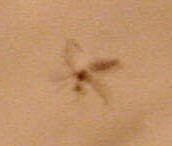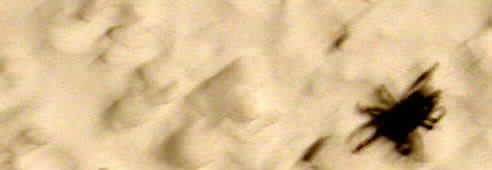 |
 [Columbus'] journal was revealing. He described the people
who greeted him when landed in the Bahamas--they were Arawak Indians, some times called
Tainos--and told how they waded out into the sea to greet him and his men, who must have
looked and sounded like people from another world, and brought them gifts of various
kinds. He described them as peaceable, gentle, and said: “They do not bear arms, and
do not know them for I showed them a sword--they took it by the edge and cut themselves.” Throughout his journal, over the next months,
Columbus spoke of the native Americans with what seemed like admiring awe: “They are
the best people in the world and above all the gentlest--without knowledge of what is
evil--nor do they murder or steal...they love their neighbors as themselves and they have
the sweetest talk in the world...always laughing.” And in a letter he wrote to one of his Spanish
patrons, Columbus said: “They are very simple and honest and exceedingly liberal with
all they have, none of
[Columbus'] journal was revealing. He described the people
who greeted him when landed in the Bahamas--they were Arawak Indians, some times called
Tainos--and told how they waded out into the sea to greet him and his men, who must have
looked and sounded like people from another world, and brought them gifts of various
kinds. He described them as peaceable, gentle, and said: “They do not bear arms, and
do not know them for I showed them a sword--they took it by the edge and cut themselves.” Throughout his journal, over the next months,
Columbus spoke of the native Americans with what seemed like admiring awe: “They are
the best people in the world and above all the gentlest--without knowledge of what is
evil--nor do they murder or steal...they love their neighbors as themselves and they have
the sweetest talk in the world...always laughing.” And in a letter he wrote to one of his Spanish
patrons, Columbus said: “They are very simple and honest and exceedingly liberal with
all they have, none of |